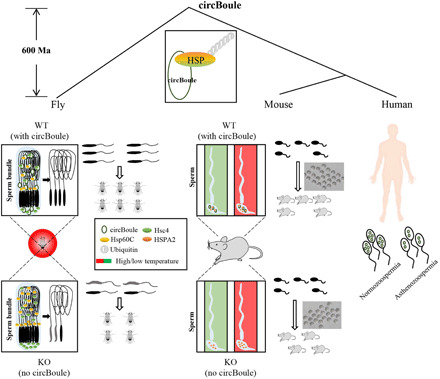Fig. 10. A working model of the conserved role of circBoule RNAs in maintaining male fertility.

In both flies and mice, circBoule RNAs are required for regulating levels of HSPs when animals are under heat shock. In heat-stressed flies, the absence of circBoule RNAs leads to excessive levels of Hsp60C and Hsc4 proteins in testes, resulting in abnormal sperm nuclear morphology and reduced sperm number. When mature sperm of mice is heat shocked, lack of circBoule RNAs leads to excessive HSPA2 levels and lower fertilization ability. circBoule RNAs appear to regulate levels of HSPs through facilitating their ubiquitination. Levels of human circBoule RNAs (circEx3-6 and circEx2-7) were significantly lower in sperm of asthenozoospermic patients. The interaction and regulation between circBoule RNAs and HSPA2 protein are conserved in human sperm. Such conserved circBoule-HSP function and mechanism might be present in the common ancestor of fly and mammals at least 600 million years (Ma) ago.
